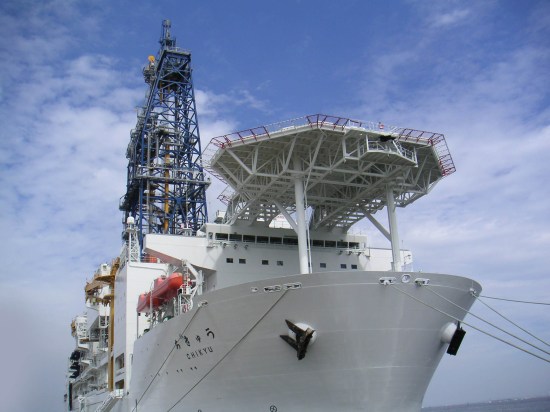Researchers Could Reach Earth’s Mantle by 2020
A team of researchers has announced that they may be able to drill through the Earth’s crust and study the molten mantle region before the end of the decade. Readers may recall from their childhood readings of The Magic Schoolbus Goes Inside The Earth, that the mantle is the region below the crust we live on and the and outside the Earth’s outer core.
The obvious question is why anyone would want to drill down into a living hell of molten rock, but science can answer for itself. From Cosmos magazine:
By extracting samples of the mantle, which is nearly 3,000 km thick and contains roughly 68% of the planet’s mass, researchers hope to unearth valuable information about its composition that could yield clues about the evolution of the planet. It could also contribute to our understanding of how the ocean crust is formed, the nature of the crust-mantle boundary and the limits of microbial life under the Earth’s surface.
While researchers have been able to study material from the mantle forced to the surface, such samples are believed to be inherently different than material in the mantle itself. By tapping into the earth’s molten inner-layer, the material can be studied in situ — a first in human history.
While the drilling is technically feasible, it is still fraught with difficulties. First is the cost, which is expected to reach about a billion dollars. Secondly, the drilling is being done on seafloor, where the Earth’s crust is five to ten times thinner than dry land. This means the drill head is below several thousand meters of water, drilling through six km of rock while the massive Japanese drilling ship Chikyu stays precisely overhead in the open ocean. Hardly an easy feat.
There’s also the extreme pressure and extreme heat, over 300 degrees Celsius, to consider when drilling to such depths. And the spectre of failure is enhanced by the failure of 1961’s Project Mohole, which also sought to breach the mantle layer and failed due to cost overruns.
Despite these hurdles, ocean surveying has begun to pinpoint the drilling location, with work expected to begin within three years. Though certainly ambitious, and perhaps even far-fetched, it may give humanity an insight to the nature of our home planet like never before.
(Cosmos Magazine via Slashdot)
Have a tip we should know? tips@themarysue.com
